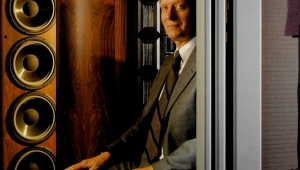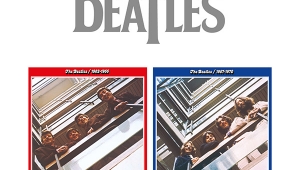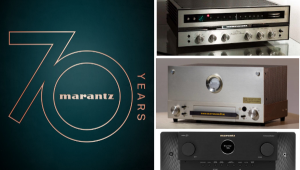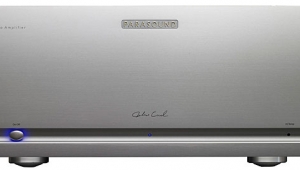| Columns Retired Columns & Blogs |
A Sad Week for Radio
Recently, the New York Times announced the "lease" of its AM radio station, 1560kHz on the dial, to Disney/ABC for the next 8 years. Why is this important?
In the early 1930s a certain John Vincent Lawless Hogan, radio inventor, began an experimental television station. When he was not experimenting with TV he played classical music over his station. Eventually the TV experiments faded into history, but his classical music station, the first in the country to be devoted entirely to the format, prospered. In the late 1930s it was bought by the New York Times.
"XR" stood for experimental, the "2" in the original call letters became a "Q," and "WQXR" became a New York institution. Also in the late '30s, Edwin Howard Armstrong began transmitting WQXR programming over his experimental FM station W2XMN, the first in the world. Eventually, Armstrong gave an FM transmitter to "QXR" and WQXR-FM began broadcasting the same classical format it aired on its AM station.
Many of us who lived in the New York area grew up listening to these stations and received much of our education in, and love for, music via the same.
In the early 1970s "The Radio Stations of the New York Times" came upon hard times because of a new FCC rule requiring separate programming for AM and FM stations owned by the same party. Eventually the FCC relaxed the requirements for those station owners who were "grandfathered" by their long history, and "QXR" prospered again.
In 1973 WNCN, the other respected classical station in New York (owned by the National Science Network), switched its programming to a rock format. The Mozart Requiem was interrupted by Chuck Berry's "Roll Over Beethoven." New York listeners, who also saved Carnegie Hall from the wrecking ball, protested to the FCC and the new owners of the station were forced to change its format back to classical. It was too late, however; attitudes were different with the new owners, and they reduced the programming to the least common denominator in order to maximize profit. By the mid-'90s and the new "Deregulation of Broadcasting" laws, WNCN finally capitulated. A fine thank you to the NAB for this.
In the early '90s, the New York Times felt that FM was so common nowadays as to eliminate the need for duplicate programming on AM and FM, so they changed the format of WQXR-AM to "Swing and Big Band." This was done very tastefully, and "WQEW" (borrowing the "EW" from the old WNEW) became a well-listened-to, unique, and respected station. One could forgive the Times for converting their +50-year-old classical station, as WQXR-FM still continued as "The Classical Station of the New York Times."
Money matters have now prevailed. After about 60 years of broadcasting on AM, the New York Times will no longer program 1560kHz AM. WQEW will lose its identity and become a "Disney" repeater station in the very near future, probably satellite-fed. The 8-year contract was signed for $50 million and announced by the Times on December 1. The question naturally arises: Is WQXR-FM next on the chopping block?
A sad week indeed for radio.
- Log in or register to post comments




































